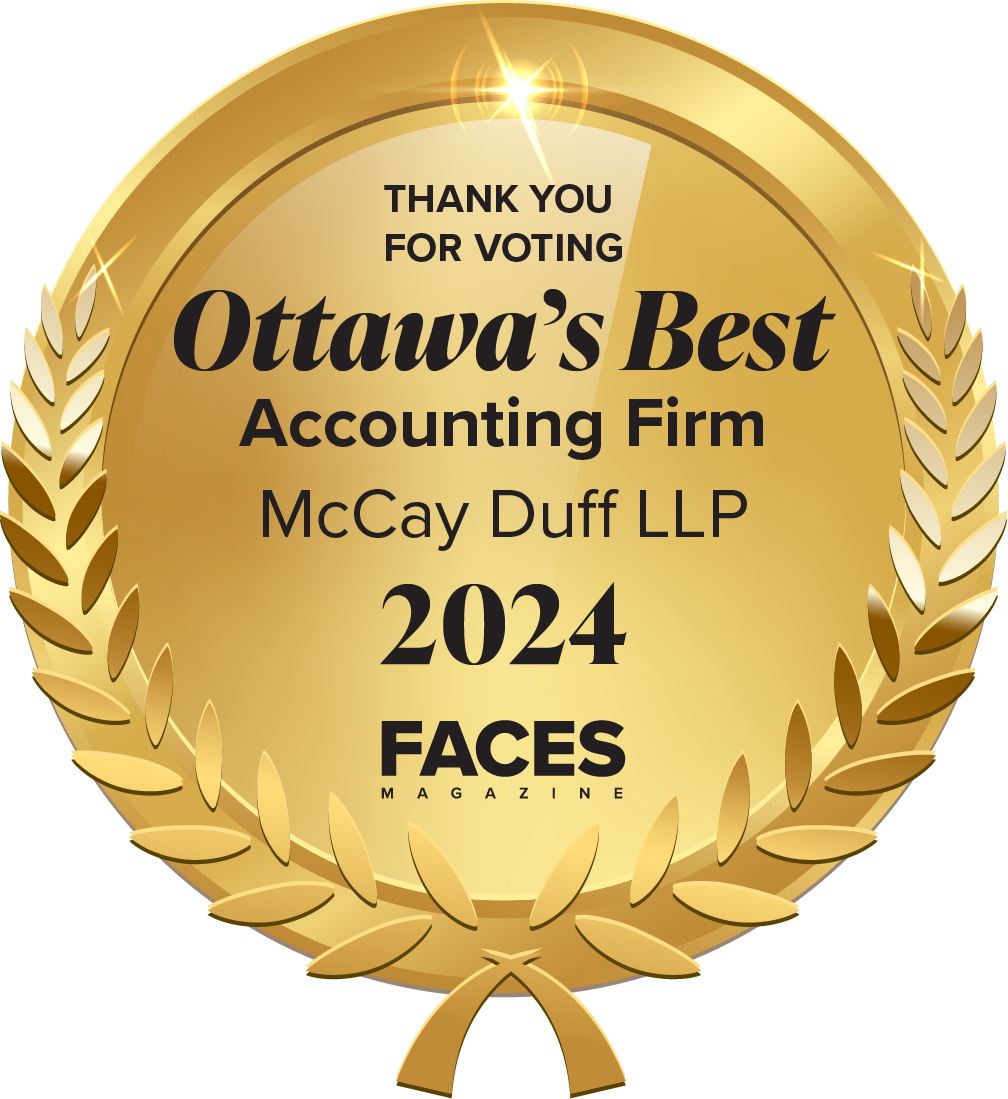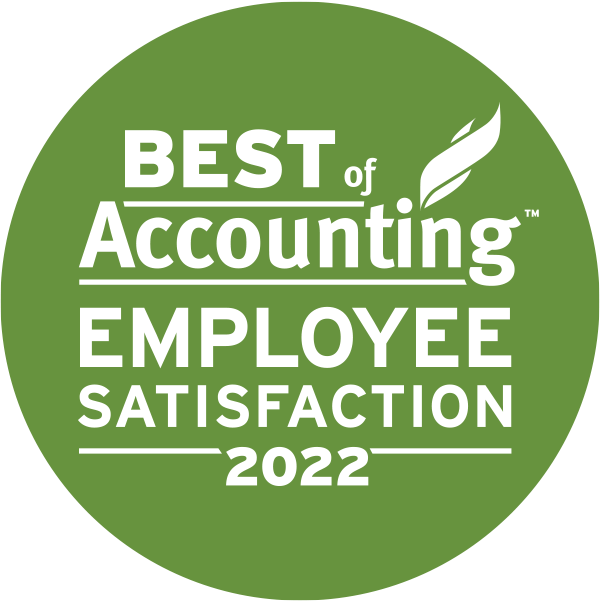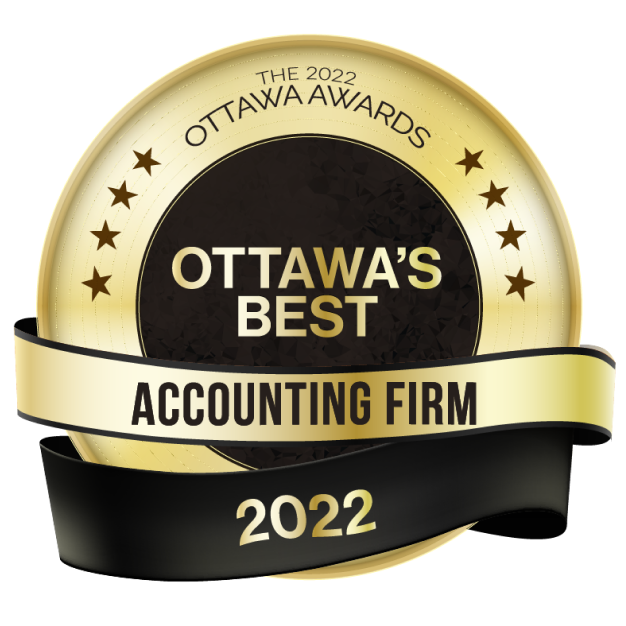Every business is different in many ways, the way it earns money or incurs expenses, the challenges it faces and the opportunities it can tap. There are many ways to earn from the same business. For instance, a restaurant business can be a fast food centre, an exquisite dine-in or a cafe. They all make money from serving ready-to-eat meals but adopt a different business model. This changes everything, their cash flows, marketing, inventory, and employees.
As a business owner, you need to identify the suitable model for your business, a model that best monetizes your skills, passion, products, and resources.
In this article, we will understand what a business model is, different types of business models, and how to choose the right model for your business?
What Is a Business Model?
A business model is an act of putting your idea on paper and finding monetary incentives and ways to grow that idea. A business model constitutes of the following components:
- The objective of the business
- Key resources of the business
- The competitive advantage of the product/service
- The target market of the product/service
- Marketing plan, product pricing, profit margin
- Expense planning, revenue streams
You may know the above things, but putting them down on paper helps you identify the connection. You can join the dots, remove the extras, identify deviations from the original plan. And if you tweak the business model, you can find the chain reaction it will have on other components.
Types of Business Models
There are several types of business models. Each model has its pros and cons, because of which every model might not be suitable for every kind of business. Thus, before adopting any model, you need to understand its suitability to your business.
Subscription Business Model
Under a subscription model, a business charges its customers a regular subscription fee to access its products/services. The subscription fee could be weekly, monthly, quarterly, half-yearly, or annually. This business model came into being in the 17th century when publishers started charging a fee to subscribe to their books or magazines.
Netflix is an excellent example of a subscription business model. Customers have to pay a subscription fee to access the content on its website and application. You can only browse through the platform but not view the full content if you don’t have a subscription.
The subscription model is apt for businesses that cater to daily use goods or services. These include print/digital newspapers and magazines, gyms, online grocery, cable TV and OTT platforms, and online storage.
The model allows you to predict future revenue based on current customers. As a result, the cash flow and accounts receivable are not a concern as customers prepay for services.
This model depends on a large customer base and retaining customers. Hence, the marketing cost is more than the production cost. As a result, there is a high possibility that the business may suffer losses for several years. Still, the cash inflow from subscriptions will give sufficient working capital to keep the business running.
Leasing Business Model
Under the leasing business model, you lease a piece of land, a factory, or equipment for a certain number of years. Your initial capital investment is high as this model only works on an asset many businesses lack the funding to acquire. Then, as the lessor, you buy the land, factory, or equipment and lease it out to lessees for annual or monthly payments.
This business model generally has large companies as their customers. For example, many airlines, construction companies, hospitals lease heavy equipment. Even the biggest of the offices are leased. But thanks to technology, this traditional model is now used even for retail customers. For example, many car rental companies allow individuals to rent cars.
Leasing companies benefit from long-term contracts and repeat orders from existing customers. Its major cost is maintenance and financing. They generally have a large amount of secured debt. As a result, their cash flows are predictable. As they have a small customer base, the loss of even one customer can significantly affect revenue.
Freemium Business Model
The Freemium model is one of the new-age business models that gained prominence with the internet boom. Under this model, you initially offer customers free access to only a few basic features of your application or service. Then, to use the additional features, customers need to pay a subscription fee. This business model is most suitable for software-as-as-service (SaaS) startups.
Spotify and Dropbox are some of the most successful examples of the Freemium business model. This model helps create awareness among consumers about your brand as people are usually attracted to anything free. The challenge is to convert these free customers into paid subscribers. One method is to place ads in your free services and prompt the user to take a paid subscription for ad-free services. This way, the business monetizes the free customers through ad revenue and premium customers through subscription revenue.
The Freemium business model’s disadvantage is its huge marketing spending on free services. The business will take some time to generate revenue and even more time to retain paid customers. This model works on products and services that are sticky. It grows through land and expands strategy where these companies cross-sell other products or services to existing customers.
Manufacturer Business Model
The manufacturer model is one of the oldest business models. It involves manufacturing products or services and directly selling them to consumers without intermediaries. The advantage of this business model is higher profits as you do not rely on distributors, wholesalers, and retailers to sell your product/service.
This model focuses on reducing production costs and improving efficiency. However, you always stand a risk of manufacturing more products leading to a higher inventory. This will lead to the blocking of working capital. There is also the risk of low production and failing to meet the demand. This will lead to losing customers to competitors.
These are some of the many business models that are currently operational. In addition, there is a franchise model, distribution model, and retailer model. The list is long.
What’s your business model?
The suitability of a model depends on the nature of the business, product/service you offer, demographic, and geographical region, among others. You have to analyze different business models their advantages and disadvantages before deciding. It can be a daunting and time-consuming task. Business consultants will understand your requirements and suggest the most appropriate, efficient and effective model. This will save you time and efforts that can be used to focus on your business.
Contact McCay Duff LLP for Experienced Advice on How to Grow Your Business and the Related Tax Implications
McCay Duff LLP can assist in selecting a robust and cost-effective model for your business. In addition, the business advisors at McCay Duff LLP can help you identify all the steps required to support your growing business. Contact us today by phone at 613-236-2367 or reach out online.





